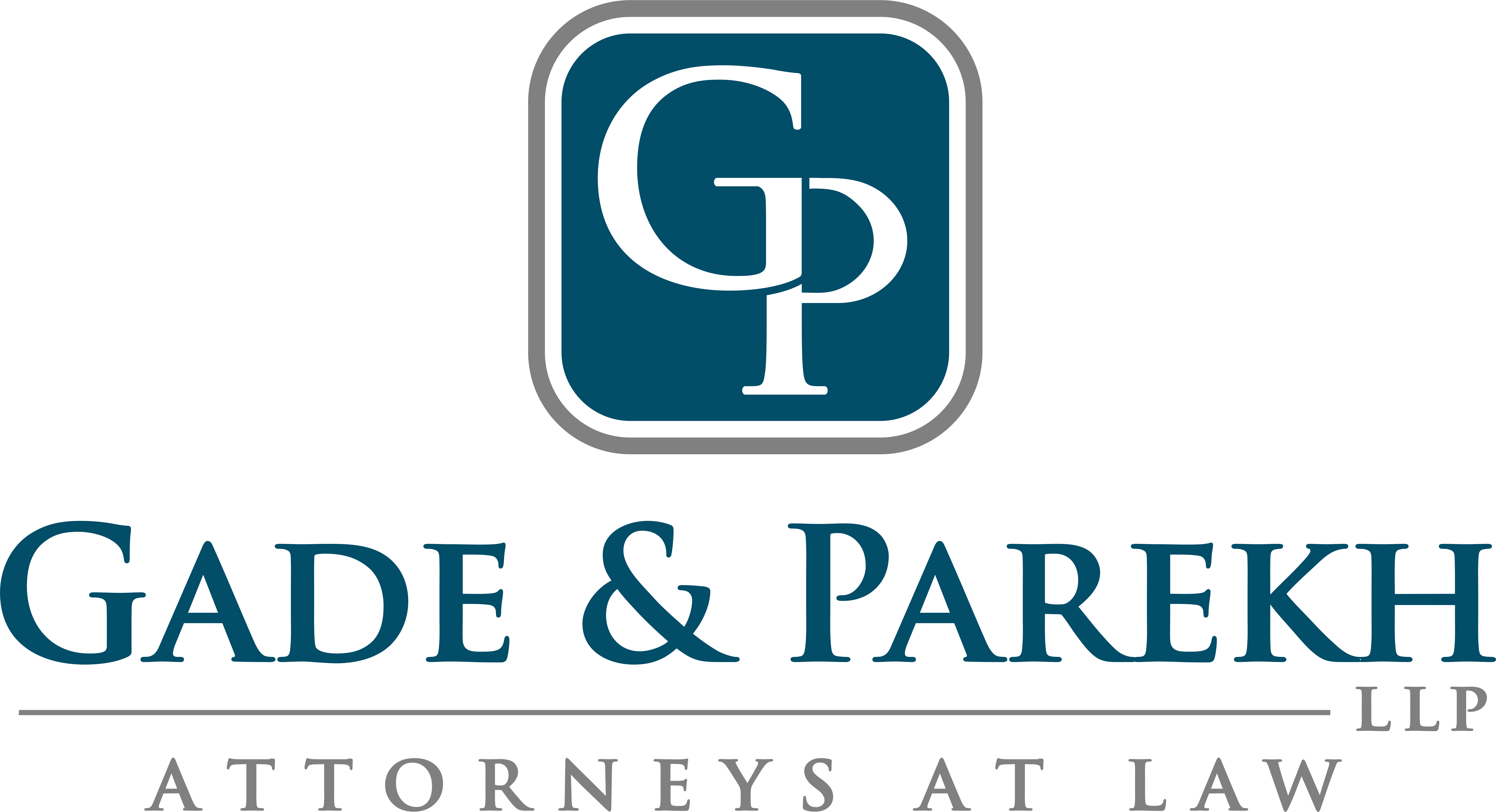Physical impairments become the primary focus when individuals talk about disabilities. Many disabilities remain unseen to the casual observer, which can result in people misunderstanding their severity and impact. There are many unseen disabilities, but what is the most overlooked disability? An Elk Grove Social Security disability lawyer can help you understand overlooked disabilities and your options if you have one.

Understanding Hidden Disabilities
Hidden disabilities are medical conditions that do not show visible signs to others. These disabilities might not show visible symptoms, yet they can have severe effects on daily life activities such as working, attending school, and social interactions. Common examples include:
- Several mental health disorders, which include depression, anxiety disorders, bipolar disorder, and PTSD
- Learning disabilities, such as ADHD, autism spectrum disorder, and dyslexia
- Neurological disorders, including conditions such as multiple sclerosis, along with epilepsy and chronic fatigue syndrome
- Chronic illnesses consisting of diabetes, fibromyalgia, and migraines
According to the CDC, more than 1 in 4 Americans have some type of disability, and many of them are hidden.
Mental Health Conditions
Among all hidden disabilities, mental health conditions remain the most neglected. Despite advancements in diminishing the stigma, people continue to remain silent about their struggles because of societal judgment and misunderstandings. This issue proves to be particularly troubling both in professional environments and educational institutions, as well as inside the disability support framework.
Mental illness is often neglected for a number of reasons. It is misunderstood. The notion persists among many people that mental health challenges are simply a matter of willpower or temporary phases, while concrete documentation remains difficult to obtain. Mental illness does not present the concrete proof that entities, such as the Social Security Administration, need when comparing it with conditions like broken bones or medical test results.
Additionally, it is underreported. The disclosure of mental health conditions is avoided because people fear job loss and being stigmatized. A study by Mercer and Global Disability Inclusion discovered that 51% of employees with disabilities declared that their primary condition was related to mental health.
One in four California adults has a disability, and many of these include psychiatric or cognitive impairments.
Neurological Disorders
Hidden disabilities frequently include neurological disorders because these conditions manifest internally and tend to occur in episodes. People with epilepsy, multiple sclerosis (MS), Parkinson’s disease, and traumatic brain injury (TBI) experience substantial disruptions in their mobility and cognitive abilities, alongside emotional regulation challenges, despite appearing outwardly healthy.
People often misunderstand or ignore these conditions primarily because their symptoms, such as fatigue, disorientation, and tremors, show irregular patterns or remain unseen. Even though neurological disorders might be hidden from view, they can drastically restrict someone’s ability to work, drive, or perform everyday tasks.
Successful applications for disability benefits from the Social Security Administration require both strong advocacy and detailed medical documentation.
Autoimmune Diseases
Autoimmune diseases represent a widespread group of disabilities that people often fail to recognize. Common autoimmune diseases include:
- Rheumatoid arthritis
- Crohn’s disease
- Fibromyalgia
Individuals with these illnesses experience fluctuating symptoms where they appear healthy during certain days, yet find it impossible to get out of bed on others. Autoimmune diseases prove difficult to explain to employers or disability reviewers because they behave unpredictably. The SSA guidelines include many autoimmune disorders as qualifying disabilities when patients provide thorough, long-term documentation.
Additional Hidden Disorders
In addition to mental, neurological, and autoimmune conditions, several other hidden disabilities are equally impactful. Some of these include:
- Chronic fatigue syndrome
- Postural orthostatic tachycardia syndrome (POTS)
- Migraines
- Irritable bowel syndrome
- Temporomandibular joint dysfunction (TMJ)
Each issue might seem manageable alone, but when combined, they form significant obstacles to employment and daily life. Healthcare professionals find it tough to diagnose these conditions because symptoms usually depend on personal perception and change over time. People who live with these conditions often face dismissal and are told their symptoms are imaginary.
Residents of California face challenges in securing necessary documentation for Social Security or workplace accommodations since professional care availability varies by income level and location. We must raise awareness while broadening access to interdisciplinary medical teams to meet the requirements of patients with these frequently disregarded disorders.
FAQs
Q: What Is the Most Hidden Disability?
A: Professionals regard mental health disorders like depression, anxiety, bipolar disorder, and PTSD as the most hidden kinds of disabilities. People typically miss these conditions because they show no physical signs, and individuals hide them during social or work interactions.
Even though these conditions impact millions of people, they are often misunderstood or dismissed, which makes it challenging for individuals to access support services, workplace accommodations, and disability benefits.
Q: What Is the Easiest Diagnosis in Which to Get Disability?
A: While disability diagnosis is never “easy,” the SSA expedites applications for severe illnesses such as late-stage cancer, ALS, and end-stage renal disease by using the Compassionate Allowances program. People with these diseases experience expedited processing, along with fewer evaluation requirements. Successful disability claims require strong medical documentation, even when the conditions are severe.
Q: What Is the Most Feared Disability?
A: Alzheimer’s disease and other forms of dementia rank among the most feared disabilities because they lead to progressive deterioration accompanied by loss of identity and independence. The prospect of paralysis or ALS instills fear in others because it leads to complete physical limitations and total dependency. The need for extended care and support for these conditions creates significant effects on both patients and their families.
Q: Can I Get Disability Benefits for Anxiety or Depression?
A: Yes, you can qualify for Social Security Disability Insurance (SSDI) or Supplemental Security Income (SSI) for anxiety or depression if the condition severely limits your ability to work. The SSA needs detailed records of all your symptoms, along with your medical treatment history and the impact on your daily activities. Approval requires regular medical care plus a diagnosis from a certified doctor.
Contact Gade & Parekh, LLP Today
If you need help understanding your disability eligibility, Gade & Parekh, LLP can help. You do not have to navigate your situation alone. Contact us today for more information.

